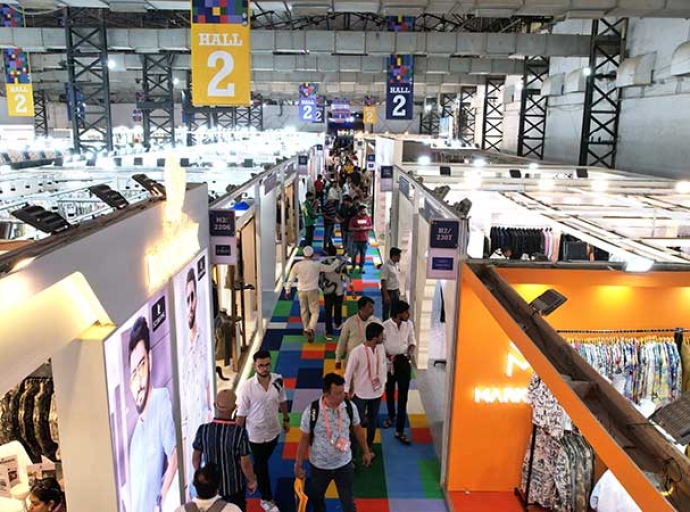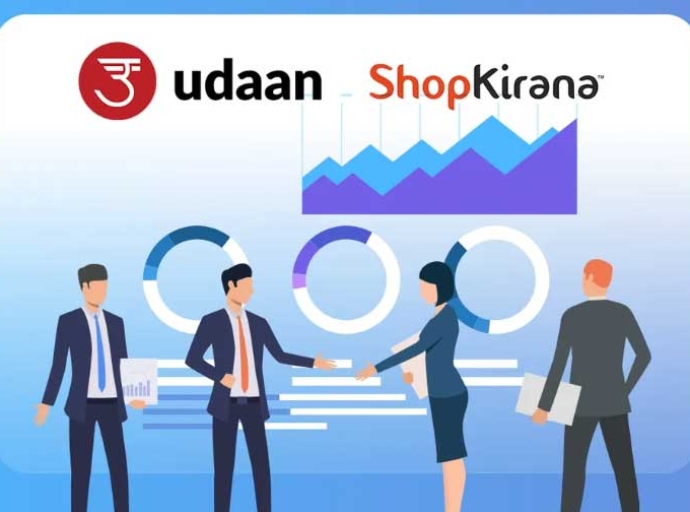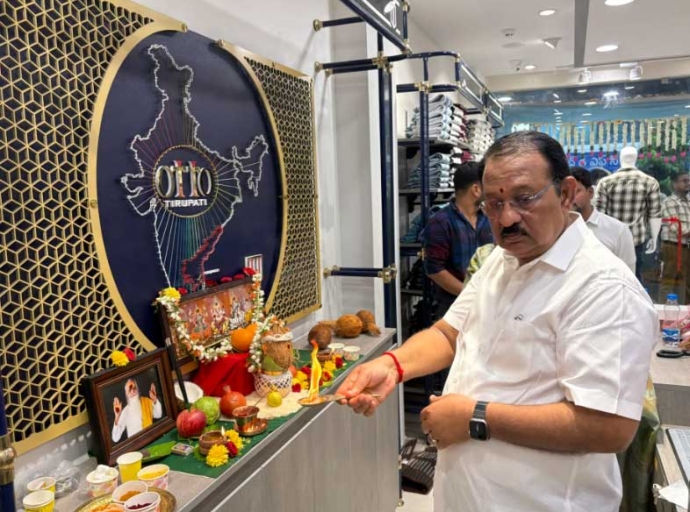With consumption back on track, Indian retail expected to surge

29 November 2022, Mumbai:
As per a prediction by the Indian Brand Equity Foundation (IBEF), a trust established by the Ministry of Commerce and Industry, the golden age of retail is here as the sector is poised for mega growth. Valued at $0.8 trillion two years ago, it is expected to reach $1.5 trillion by 2030. Today, India is regarded as the fifth-largest place for investing in retail space. Accounting for 8 per cent of India’s work force and 10 per cent of its GDP, retail in India is not only showing its dynamism in growth but also a lucrative area for investment.
Key drivers fuelling growth
Government’s policy support has been a welcome incentive. As per these policies, about 51 per cent FDI in multi-brand retail and 100 per cent FDI in single-brand retail through the automatic route are being implemented. The government approved a PLI scheme in April 2022 and the beneficiary is the textile sector. This scheme will enormously boost the sector’s manufacturing and export capabilities.
The approved financial outlay stands at Rs 10,683 crores. The proof of the sector’s attractiveness is evident with the increase in the entry of foreign retailers entering the market. IBEF states, the cumulative FDI inflows stood at $588.53 billion between April 2000-March 2022 and India’s retail trading sector attracted $3.96 billion FDIs between April 2020 and March 2022.
Additionally, innovative financial solutions between retailers and Indian financial institutions that offer easy credit are driving consumer demand for durables. And as per the Retailers Association of India (RAI), the retail industry achieved 96 per cent of pre-COVID-19 sales in September 2021, driven by the rising demand from consumers.
Consumer consumption fuelled by love for brands
As India’s middle-class grows and virgin territories of India’s retail markets remain untapped, international retail giants are zooming in on them, making their presence felt in these untapped markets. This in turn is helping local retail sector grow quickly. Urban India is spending more on its love for branded products across the board – clothes, accessories, footwear, jewellery et al. All these are evolving as business and lifestyle categories, seen as attractive by urban consumers spread across Tier I, II cities.
Soon, India is expected to displace the US to become the second largest online market after China. Predictions are, Indian logistics companies will have the capabilities of delivering 2.5 billion D2C shipments by 2030. The e-commerce boom has been an unprecedented one. Although faced with daunting challenges due to the pandemic and subsequent global economic slowdown, India continues its consumption well. Growing purchasing power, accessibility to a plethora of products and services, awareness and a change in attitude towards lifestyle are key drivers – household consumption in India stood at Rs 140 trillion in 2021.
Well-known success stories
One the big corporate success stories of Indian retail is the Aditya Birla Fashion and Retail (ABFRL). A 411 per cent in consolidated profit of Rs 29.44 crores in the Q2 FY23 was attributed to a fantastic festive season and unabated flow from its e-commerce platforms. Compared to this year, last year’s net profit for Q2 was a mere Rs 5.09 crores. Avenue Supermarts, the company operating the D Mart supermarket chain is another shining retail story. The company reported a robust 63 per cent year-on-year increase in net profit at the end of Q2 FY 23 at Rs 730.48 crores. It has earned the distinction of being India’s most profitable low-cost retailer that is helping shift Indian retail from the unorganized to the organized sector.
Long identified as a write-off, Bata India has recovered and come in to play, riding the wave of India’s retail success. Net profit in Q2 FY 23 rose 47.44 per cent at a consolidated net profit of Rs 54.82 crores.
Indeed, its happy times for this vast category as it continues rolling into a future of promise and profits.
Latest Publications

































